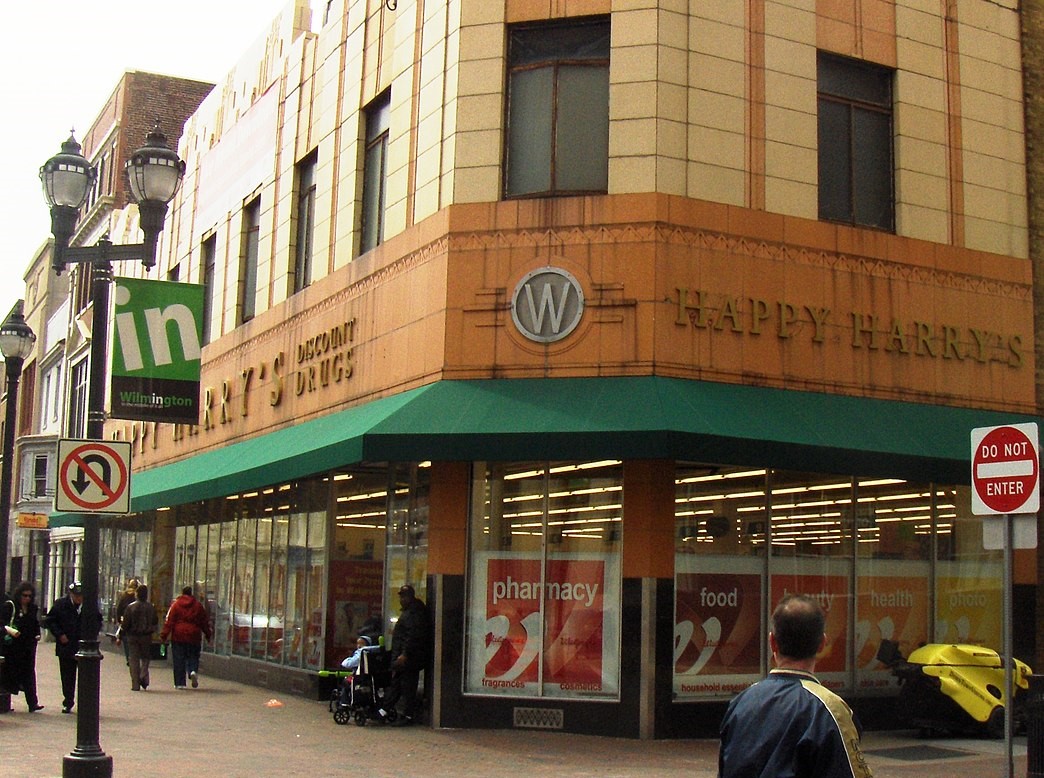In 2009, the year Technical.ly was born, I was trying to come out of a rut.
The local small business I’d worked for mostly remotely since 2001 had gone under in 2007. Like a lot of people today when they’re financially strapped, I delivered food for a while, but without apps or GPS.
The gig economy was just starting on the internet, but not so much for things like delivery just yet. At that time, it was clear that online, content was everything.
Content could make you rich if the numbers were high enough. YouTube had recently started paying creators, and written content was in massive demand. There were content farms, and there were job bidding sites like Elance. I had professional writing experience from my days at Big Shout in the 90s, and I’d picked up some copywriting and basic marketing skills at my other jobs.
So, in 2009, I started bidding and landing clients. I’d go on to write for many clients, from AOL when they were developing their Seed content model to the News Journal and, eventually, Technical.ly. In a lot of very tangible ways, there’s is a direct line between my deciding to try freelance writing on the computer in 2009 and my current position as a senior Technical.ly reporter.
But enough about me. To commemorate our anniversary, we asked members of the Technical.ly Delaware community what they were doing in 2009. Some of their responses are below, lightly edited for grammar, spelling and clarity.
One of the most detailed responses came from Laurie Jenson, director of public relations for Wilmington University, via our public Slack. It offered a lot about where workplace trends, and technology’s role in them, were at back then.
“I was working at DuPont in 2009,” Jensen said. “That was the eve of the Great Recession, so I remember it VERY well.”
“In 2009, I was still tied to my desktop landline for all 1:1 business calls,” Jensen continued. “Conference calls were totally different animals that had to be set up through a separate subscriber service provider outside of the company. I remember sitting in a conference room with up to 30 people around a table and 2-3 triangular conference call speakers on the table through which we could really only control volume. Even then, some people still couldn’t be clearly understood. This often led to more time being spent on follow-up calls to find out if anything was missed.”
“Whiteboards were always good for getting your ideas or message across or illustrating a point during meetings, but problematic when it came down to saving insights and solutions that were formulated,” she added. “So of course, we had to take photos of what the whiteboard contained on our far less powerful cell phones (at the time) because there was no other way of saving the information. (Everywhere I worked in “corporate America,” it was mandatory to erase the whiteboards immediately following meetings to avoid any proprietary information leaving the building.) Today’s technology makes smart boards available so that the content on the whiteboard can be automatically saved either to an application or printed out as necessary.”
Ah, the things we take for granted in 2024.
“I’ve been on email since email was created, which makes me all the more grateful for internal chat functions (like Microsoft Teams),” Jensen said. “… Both chat and Slack allow users to keep a record of the conversation for documentation purposes and help to alleviate the need for lengthy email chains when you just need a brief chat. Just makes life easier, especially when you work 100% remote as I do.”
Here’s what some other members of the Delaware tech and entrepreneurship ecosystem were doing:
- Patrick Callahan, head of data and analytics and innovation at LabWare (which acquired CompassRed Data Labs in 2022):“In 2009, Lee Mikles and I were working on the book ‘Engage Your Brand’ while building out The Archer Group with Todd Miller and Michael Derins. Funny how things I learned from the writings helped establish the next company, CompassRed, three years later.”
- Renata Kowalczyk, CEO of Wilmington Alliance:“I was living in Bellingham, Washington, [and had] launched my new consulting business focused on supporting startups and small businesses in understanding and obtaining the best sources of capital for their needs. That led to establishing a community-based lending group, which during the first year lent out over $700,000 to the local small businesses.”
- Rob Hererra, founder of The Mill and partner at 9th Street Development Co.:“I was in New York, working for an architecture firm.”
- William D. Provine, president and CEO of The Innovation Space:“In 2009, I was working for DuPont’s then-new Advanced Biosciences (ABS) unit, with frequent travel to London to negotiate and form joint ventures in biofuels. It was an amazing experience that taught me elements of building businesses that I used to shape the foundational elements of The Innovation Space.”
- Deb Travers, entrepreneur-in-residence, The Innovation Space:“I was working for Endo Pharmaceuticals in 2009. Endo was a DuPont Pharmaceuticals spinout based in Chadds Ford, Pennsylvania, and I was a project director for large pharmaceutical development programs. Now, I am an Entrepreneur-in-Residence with The Innovation Space, and working on the same campus where I began my professional career in 1981!”







